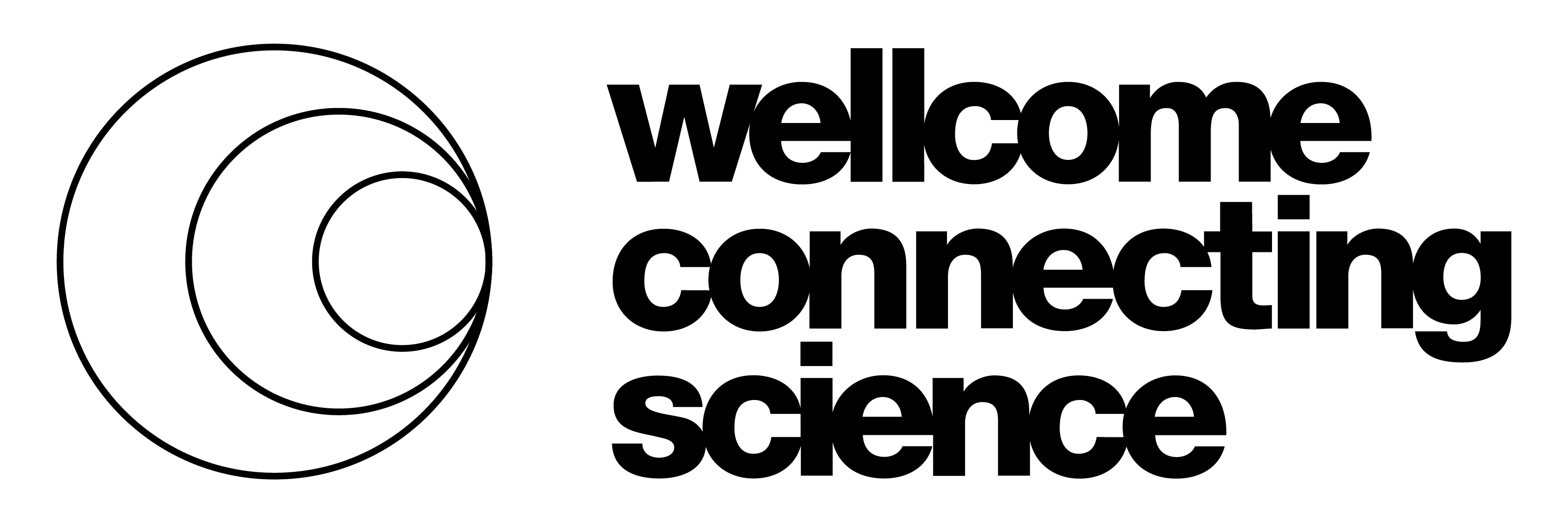Collaborators
Educators
Josefina Campos, Argentine Medical Research Institute (ANLIS
Malbrán), Argentina
Nchangwi Syntia Munung, University of Cape Town, South Africa
Thanat Chookajorn, Mahidol University, Thailand and Molecular Infection
Medicine, Sweden
Tobias Hoffmann
Contributors
Abena Animwaa Yeboah-Banin, University of Ghana, Ghana
Amsha Viraragavan, South African Medical Research Council, South
Africa
Ana Filipe, MRC-University of Glasgow Centre for Virus Research, United
Kingdom
Anastasia Koch, Eh!woza and the University of Cape Town, South
Africa
Andrea Cabibbe, IRCCS San Raffaele Scientific Institute, Italy
Audrey Gadzekpo, University of Ghana, Ghana
Brigitte Glanzmann, South African Medical Research Council, South
Africa
Christine Carrington, The University of the West Indies, Trinidad and
Tobago
Collins Otieno, African Society for Laboratory Medicine, Ethiopia
Craig Kinnear, South African Medical Research Council, South
Africa
Emma Hodcroft, University of Bern and University of Geneva,
Switzerland
Farah Ishtiaq, Tata Institute for Genetics and Society, India
Farirai Mutenherwa, Kwazulu-Natal Research Innovation and Sequencing
Platform, South Africa and Biomedical Research and Training Institute,
Zimbabwe
Gideon Nsubuga, IRH3AU, Makerere University, Uganda
Gilbert Tietaah, University of Ghana, Ghana Harper VanSteenhouse,
BioClavis Ltd, United States of America Iruka Okeke, University of
Ibadan, Nigeria
Ismail Mahat Bashir, WHO Yemen Country Office, Yemen
Jeffrey Barrett, Wellcome Sanger Institute, United Kingdom Johan Fabian
Bernal Morales, The Colombian Agriculture Research Corporation
(AGROSAVIA), Colombia
Kate Baker, University of Liverpool, United Kingdom
Katrina Lawson, Oxford University Clinical Research Unit (OUCRU), Viet
Nam
Linzy Elton, University College London, United Kingdom
Marcelo Galas, Pan American Health Organization (PAHO), United States of
America
Marjorie Santamaria, The Colombian Agriculture Research Corporation
(AGROSAVIA), Colombia
Matthew Dorman, Wellcome Sanger Institute, United Kingdom
Mónica Prieto, Argentine Medical Research Institute (ANLIS Malbrán),
Argentina
Paúl Cardenas, Universidad San Francisco de Quito, Ecuador
Philippe Lemey, KU Leuven/University of Leuven, Belgium
Pilar Donado-Godoy, The Colombian Agriculture Research Corporation
(AGROSAVIA), Colombia
Renée Street, South African Medical Research Council, South Africa
Richard Orton, MRC-University of Glasgow Centre for Virus Research,
United Kingdom
Roberto Melano, Pan American Health Organization (PAHO), United States
of America
Rogers Kamulegeya, IRH3AU, Makerere University, Uganda
Tomas Poklepovich Caride, Argentine Medical Research Institute (ANLIS
Malbrán), Argentina
Tracey Calvert-Joshua, South African National Bioinformatics Institute,
South Africa
Zeb Jamrozik, University of Oxford, United Kingdom
Reviewers
Camila Romano, University of São Paulo, Brazil
Charles Masembe, Makerere University, Uganda
Education developer
Liã Bárbara Arruda, Wellcome Connecting Science, United Kingdom
COG-UK contributors
Sharon Peacock, University of Cambridge, United Kingdom
Alistair Darby, University of Liverpool, United Kingdom
Darren Smith, Northumbria University, United Kingdom
Ewan Harrison, Wellcome Sanger Institute, United Kingdom Leigh Jackson,
University of Exeter, United Kingdom
Anna Markov, University of Cambridge, United Kingdom
Ellena Brooks, University of Cambridge, United Kingdom
Kim Smith, University of Cambridge, United Kingdom
Laia Delgado Callico, University of Cambridge, United Kingdom
Peter McEwan, University of Cambridge, United Kingdom
Wellcome Connecting Science contributors
Alice Matimba, Wellcome Connecting Science, United Kingdom
Dusanka Nikolic, Wellcome Connecting Science, United Kingdom
Jorge Batista da Rocha, Wellcome Connecting Science, United
Kingdom
Mel Sharpe, Wellcome Connecting Science, United Kingdom
Rachel Berkson, Wellcome Connecting Science, United Kingdom
Treasa Creavin, Wellcome Connecting Science, United Kingdom



